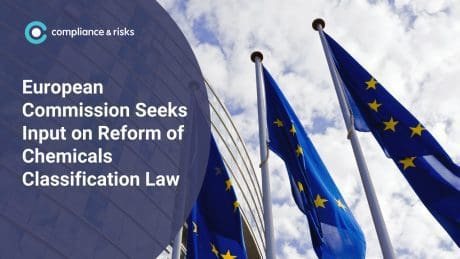
Significant Change Ahead for EU Product Safety Regime


Whilst the GPSD has sought to ensure that only safe products are sold on the EU single market, recent findings by the Commission have indicated a significant amount of unsafe products still circulate on the market. The changes to the laws are therefore aimed at fundamentally changing the nature of product safety globally by broadening the scope of legislation and incorporating modern concepts within foundational definitions with the EU regime, which is well-recognized as a world leading model.
Global companies, not only those operating or based in the EU, but increasingly those that are selling to EU consumers, and their insurers as a flow-on impact, must be aware of their changing obligations, and the increased likelihood of being subject to enforcement actions.
Impact on Business
The proposal signals a change in focus of the EU agencies towards modernization and digitalization by granting clear access to the EU market for novel ideas such as connective devices, IoT technologies and AI.
The changes also emphasize the potential for fluidity in general product safety regulations and the obligations therein signaling further future developments as the landscape of consumer requirements.
Some of the more significant, proposed changes and their practical impacts include:
- More even application of product safety rules to online sales necessitating distance and online sellers and those relying on third party sellers to set up internal mechanisms and conduct additional due diligence
- Clearer guidelines for businesses as to their compliance requirements relating to traceability, transparency, recalls and nominating a responsible economic operator
- Application of enhanced enforcement measures, which could result in a greater number or more significant enforcement actions being taken against non-compliant companies
- Clearer and express application of the product safety regimes to newer technologies, including connected, IoT and smart devices
- Requirement to consider cybersecurity risks as part of traditional product safety
- Align market surveillance rules to clarify obligations for economic operators to enhance market surveillance of dangerous products and facilitate more effective recalls
- Impose new obligations on economic operators to notify safety agencies of ‘accidents’ caused by unsafe products and additional obligations to facilitate successful recalls
- Change the definition of ‘product’ to incorporate interconnected items and new aspects for assessing product safety, including possible risks related new technology products
- Clarifies that cybersecurity risks impacting consumer safety are covered under the regime
- Prepare cohesive rules for placing AI products on the market and putting them into use in the EU
- Regulate the conduct of online marketplaces and lay down specific obligations for companies operating the same
Recommended Preparatory Steps For Business
To prepare for these new obligations companies should:
- Reassess product portfolios, particularly in respect of smart, connected devices, to determine whether their products fall within scope
- Reassess selling practices, in particular online selling practices, to determine if they are now captured by the regimes
- Incorporate cybersecurity risks as part of basic product safety and compliance requirements
- Ensure and enhance focus on compliance with product safety regimes across the board to mitigate against risk of increased enforcement practices
- Enhance recall efficiency strategies, including by way of traceability and recall plans to reduce likelihood of need for regulator involvement
What Next?
The outcome of discussions of the proposals in the Council and Parliament will determine the form and content of the future revised legislation. It is likely these draft laws will be hotly debated to ensure the balance between consumer safety and innovation is still maintained whilst also considering the impact on businesses.
It is anticipated that the UK will follow suit and implement a parallel of the new regime into UK legislation. However, if these amendments are not be mirrored by the UK, or there are significant deviations in approach, it will signify the start of deviation of the two regions for general product safety approaches.
Want access to in-depth analysis on Product Safety and more from our expert Knowledge Partner Network? Sign up to our newsletter!








